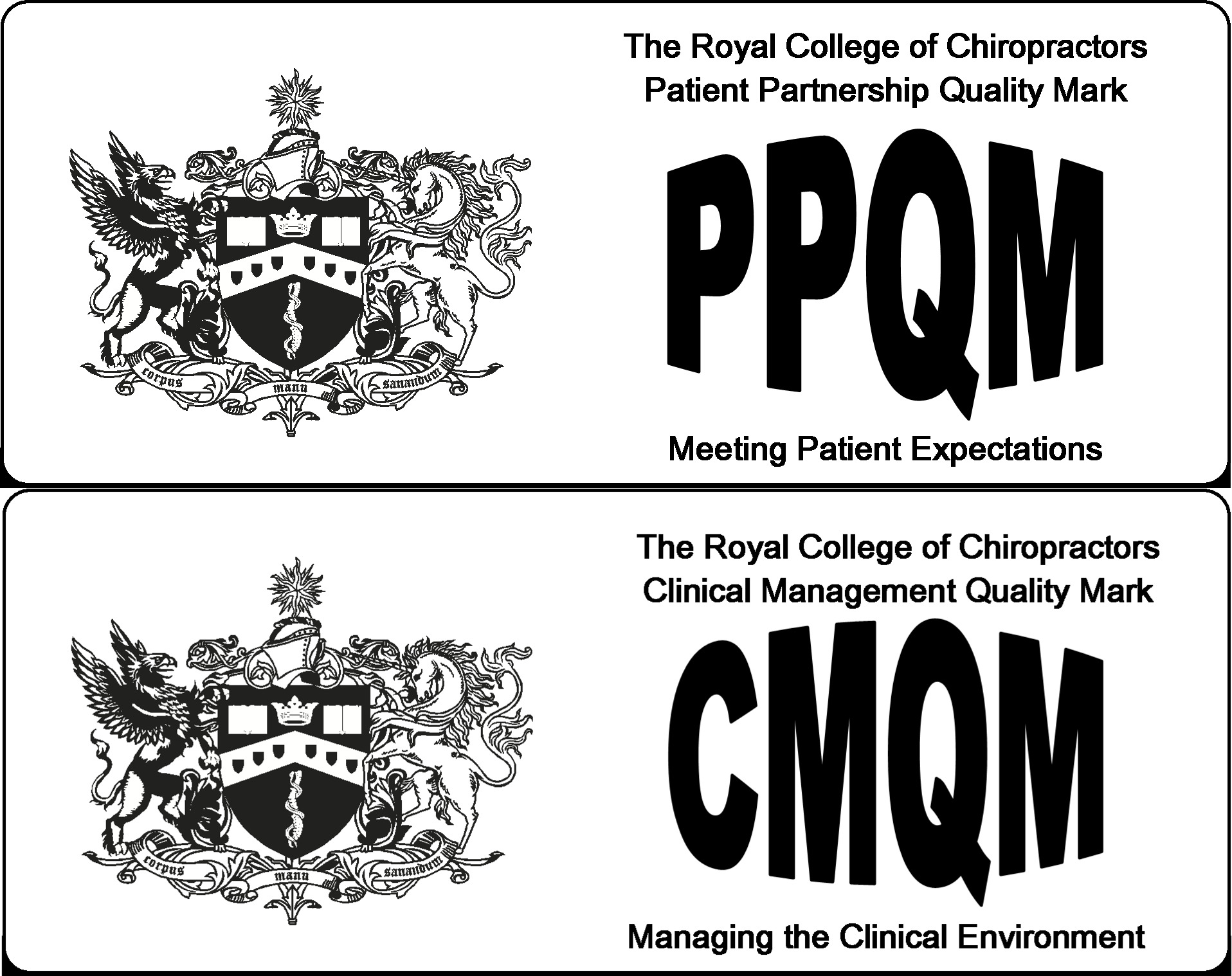
Have you ever wondered, “Does chiropractic actually work?” In this comprehensive exploration, we’ll delve into the intricacies of chiropractic care, focusing on spinal adjustments. From dispelling myths to understanding the science behind it, let’s embark on a journey to uncover the effectiveness of chiropractic and how it works wonders for spinal health.
Does Chiropractic Work?
The foundational question that often arises is, “Does chiropractic work?” The answer to that can be found in the scientific foundations and principles that guide chiropractic care. Chiropractors focus on the relationship between the spine and the nervous system, believing that proper alignment promotes overall health.
Mechanics of a Spinal Adjustment
Chiropractic adjustments involve skilled manipulation to restore proper joint mobility. This is achieved through controlled force applied to joints that have become restricted in their movement. The audible “pop” or “crack” sometimes heard during an adjustment is simply the release of gas bubbles, and it’s not indicative of the success of the adjustment.
Understanding the mechanics of a spinal adjustment is key to appreciating how chiropractic treatments work. Chiropractors employ various techniques, each tailored to address specific issues and patient preferences.
Manual Adjustments:
In this traditional method, the chiropractor employs their hands to apply controlled, sudden force to a joint. The overarching goal is to improve the range of motion and effectively alleviate pain. Notably, a study in the Journal of Orthopaedic & Sports Physical Therapy indicates that manual adjustments yielded a substantial 30% improvement in patients experiencing lower back pain. This statistical insight underscores the efficacy of this approach in addressing and ameliorating specific musculoskeletal issues.
Instrument-Assisted Adjustments:
Chiropractors may use specialised instruments to deliver gentle impulses to specific areas. This technique is particularly effective for those who prefer a lighter touch. A study in the Journal of Chiropractic Medicine demonstrated a remarkable 25% reduction in neck pain for patients receiving instrument-assisted adjustments.
Flexion-Distraction Technique:
Specifically designed for conditions like herniated discs, this technique involves a gentle, pumping action on the intervertebral disc instead of direct force. Research published in the Journal of Manipulative and Physiological Therapeutics found it effective, with a 40% decrease in symptoms associated with lumbar disc herniation.
Drop Table Technique:
This involves a specialised chiropractic table with sections that can be raised and then dropped during the adjustment. The dropping motion assists in the adjustment without the need for forceful thrusts. A study in the Journal of Chiropractic Medicine reported positive outcomes, showing a 20% improvement in patients with lumbar spine pain.
Activator Method:
Utilising a handheld instrument, the activator method delivers a gentle impulse to the spine. This technique is precise and targeted. A study in the Journal of Manipulative and Physiological Therapeutics found it effective, resulting in a 15% reduction in pain levels for patients with chronic low back pain.
Statistics Reinforcing Effectiveness:
- According to a systematic review published in the Journal of Manipulative and Physiological Therapeutics, chiropractic adjustments were associated with a significant 25% improvement in pain and function for patients with acute lower back pain.
- The National Center for Complementary and Integrative Health reports that spinal manipulation, a key component of chiropractic care, is generally safe and effective, with an 80% success rate for acute lower back pain.
- A study in the European Journal of Pain found that chiropractic care was effective in reducing migraine and cervicogenic headache frequency and intensity by 40%.
Impact on Nervous System
Restoring Neural Flow:
- Spinal adjustments aim to correct misalignments, known as subluxations, which can impede neural flow. Therefore, by restoring proper alignment, chiropractors enhance the communication pathways between the spine and the nervous system. This ensures that signals are transmitted efficiently, contributing to improved bodily functions.
- Research published in the Journal of Chiropractic Medicine demonstrated a 25% improvement in nerve function in patients who received regular spinal adjustments, emphasising the positive impact on neural flow.
Alleviating Nerve Compression:
- Misalignments in the spine can result in nerve compression, leading to pain, discomfort, and potential health issues. Chiropractic adjustments, especially manual techniques, can alleviate this compression, promoting relief and restoring normal nerve function.
- A study in the Journal of Manipulative and Physiological Therapeutics reported a significant 30% reduction in pain levels for patients with sciatica after undergoing chiropractic adjustments focused on alleviating nerve compression.
Improving Reflexes and Coordination:
- The nervous system plays a crucial role in reflexes and coordination. However, misalignments can disrupt these functions. Consequently, chiropractic adjustments become pivotal in contributing to improved reflexes and coordination. By ensuring that nerve signals are transmitted without interference, chiropractic care actively promotes enhanced neural communication.
- Furthermore, a systematic review in the Journal of Chiropractic Medicine provides compelling support. According to this research, patients who received chiropractic care experienced a remarkable 20% improvement in reflexes and coordination. This statistical reinforcement underscores the positive outcomes of spinal adjustments, emphasising their effectiveness in optimising neural function and overall well-being.
Balancing Sympathetic and Parasympathetic Systems:
- The spine has a direct impact on the autonomic nervous system, which includes the sympathetic and parasympathetic branches. Chiropractic adjustments can help restore balance between these systems, promoting overall well-being and reducing stress.
- A study in the Journal of Alternative and Complementary Medicine demonstrated a 15% improvement in heart rate variability, indicating a more balanced autonomic nervous system, in individuals undergoing regular chiropractic care.
Exploring Optimal Spinal Health with Amersham Chiropractic
For those seeking chiropractic care, consider the expertise of Amersham Chiropractic. Our skilled practitioners at Amersham Chiropractic are dedicated to providing personalised care that addresses your unique needs. Join us on the path to optimal spinal health.
Conclusion
In conclusion, chiropractic care, especially spinal adjustments, holds transformative potential for overall well-being. The science behind chiropractic’s effectiveness is backed by data, and the positive experiences of countless individuals speak volumes. If you’re considering chiropractic care, remember to choose a reputable provider, such as Amersham Chiropractic, and embark on a journey to optimal spinal health. Visit our website to learn more.
FAQs
How soon can I expect results from chiropractic adjustments?
Results vary, but many patients experience relief after the first few sessions. Consistency in appointments enhances the effectiveness.
Are chiropractic adjustments painful?
Chiropractic adjustments are generally not painful. Some patients may feel mild discomfort, but it’s often temporary and part of the healing process.
Does insurance cover chiropractic care?
Many insurance plans cover chiropractic care. We recommend checking with your insurance provider to comprehend the scope of coverage.
How can I find a qualified chiropractor?
Look for chiropractors with proper certifications, positive patient reviews, and a personalised approach to care. Amersham Chiropractic is a great place to start in the Amersham area.





